


Traveloka first, then feel the world
Hotels
Flights
Airport Transfer
Car Rental
Attractions & Activities
More
Hotels
Villa
Apartment
Trusted by
Flights to Popular Routes
East Asia
Europe
Saudi Arabia
Oceania
Southeast Asia
Domestic
New user offer!
Up to RM135 discount, only in the app
Up to RM 115 off Flights
Reusable for all first-time product purchases in App
JOMJALAN
Copy
8% off Hotels
Reusable for all first-time product purchases in App
JOMJALAN
Copy
8% off Attractions
Reusable for all first-time product purchases in App
JOMJALAN
Copy
10% off Car Rental
Reusable for all first-time product purchases in App
JOMJALAN
Copy
12% off Airport Transfer
Reusable for all first-time product purchases in App
JOMJALAN
Copy
Read on and kickstart your adventure
Read Inspiring Articles
Enhance your trip the way you like it
International escapes: get the guides

Why book with Traveloka?

Easy changes
Cancel or change your booking without hassle.

Travel made easy
Exclusive extras, discounts and perks.

24/7 customer support
Reach out to us anytime, anywhere.
What interests you?
Top Flights
Top Hotel Destinations & Accommodations
Top Things to Do
Matta Fair
Flight Status
Flight From Kuala Lumpur
Flight From Subang KL
Flight From Singapore
Airasia
Malaysia Airlines
Firefly
Malindo Air
Scoot
Singapore Airlines
Emirates
Qatar Airways
Turkish Airlines
Airasia X
Flight From Penang
Cathay Pacific
Saudi Airlines
Thai Airways
Ana Airlines
Xiamen airlines
China southern airlines
Batik air
China airlines
Jetstar
Philippine airlines
Flight From Johor Bahru
Japan airlines
Eva air
Korean air
Vietnam airlines
Qantas
Melaka to Langkawi
Ipoh to Langkawi
Kuala Lumpur to Dhaka
Melaka to Kota Bharu
Penang to Melaka
Kuala Lumpur to Jakarta
Kuala Lumpur to Langkawi
Ipoh to Terengganu
Johor Bahru to Kuala Lumpur
Kuala Lumpur to Kuala Terengganu
Penang to Kuala Lumpur
Kuala Lumpur to Bangkok
Kuala Lumpur to London
Kuala Lumpur to Singapore
Singapore to Kuala Lumpur


About Traveloka
Products
Traveloka Sdn Bhd (Registration No. 201501003122), Level 14 Tower 2, Menara Kembar Bank Rakyat, 33 Jalan Rakyat Brickfields, 50470 Kuala Lumpur, Malaysia
Copyright © 2025 Traveloka. All rights reserved













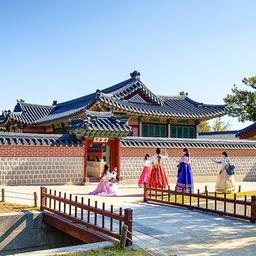




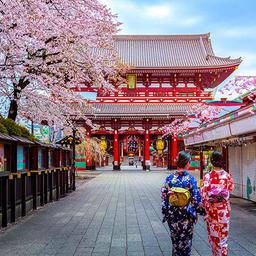







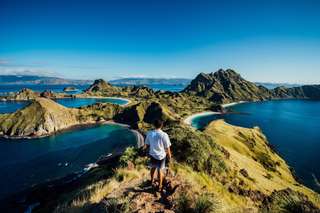






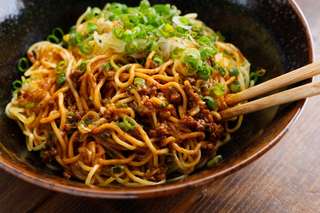
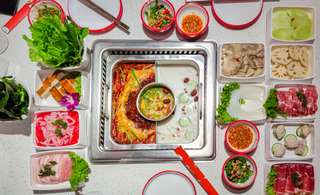





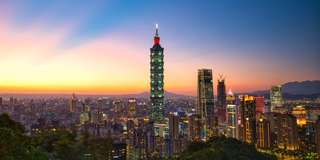


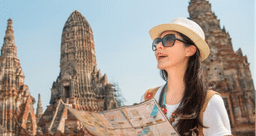

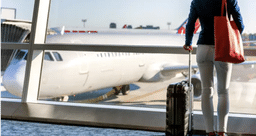



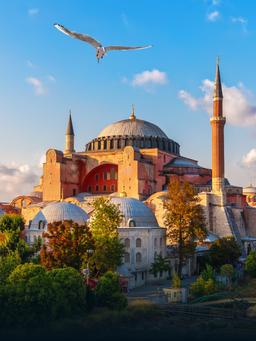
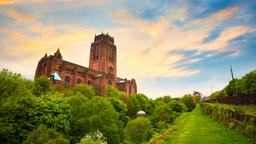






 Facebook
Facebook Instagram
Instagram TikTok
TikTok Youtube
Youtube Twitter
Twitter Telegram
Telegram